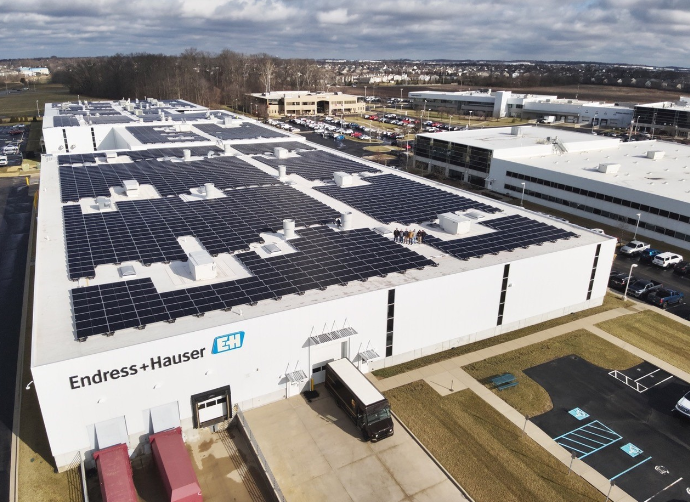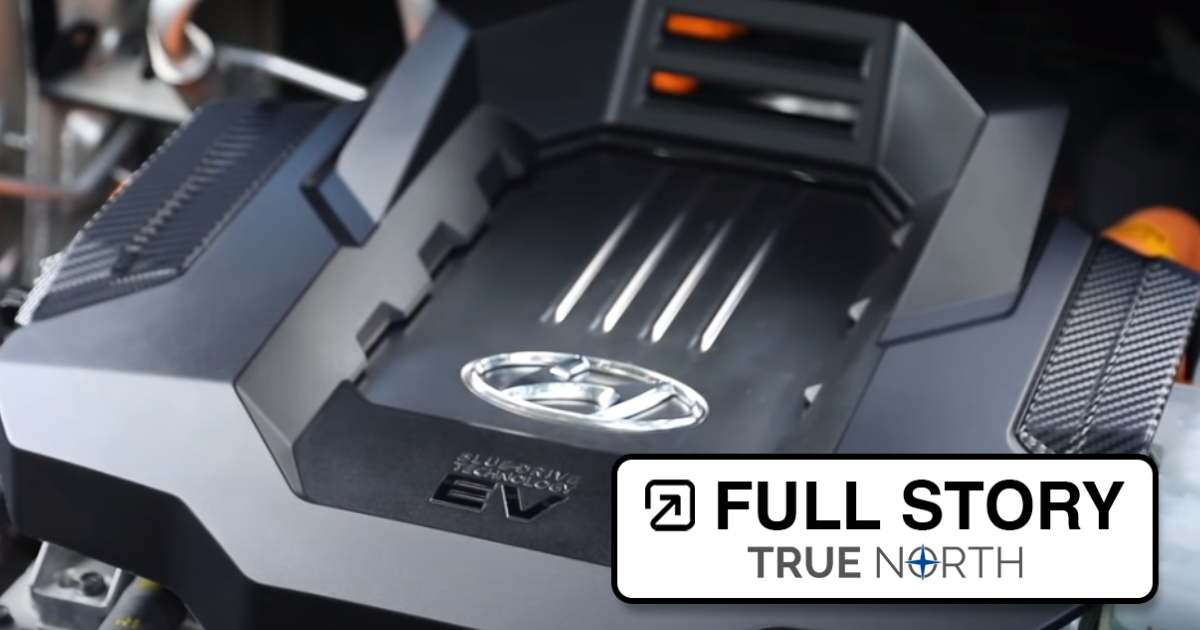Others have pretty much explained it, but when there's a home battery, it gets more complicated. I found that even people who worked for the solar installer who fielded calls from customers didn't quite understand it.
If you have a home battery and the power goes out, it can power your home. If the total amount of solar being generated is less than the amount of power that you are using plus the most that the battery can take in when charging, then solar can power your home and charge the battery. If the battery is fully charged and your solar is producing more than you are using, it will turn off while the battery powers the house. There are other combinations, including adding a car with V2H, or charging a car during an outage to take in any extra solar, and sometimes charging the car at a specific amperage would work best. Ideally, a system would know how to balance all these things out.
With a car that's always in the garage at somewhere around 80% charge level, you could do a lot, except drive it. So it's really best to have a battery for the house, with the car handling anything extra.
With a Powerwall, I'd have about enough energy, in theory, to get me through a summer day if I didn't use air conditioning. The Lucid would be able to power my central air conditioning, but those units don't go through my main breaker panel or Powerwall gateway. They have their own lines coming from separate main breakers at the meter. So for practical purposes, the Lucid could help me, in theory, by giving me an extra cushion or getting me through consecutive rainy winter days without power, but not give me back air conditioning. If there's ever a major disaster, I could buy a window air conditioner though.
In real life I've had a few outages and was home for only one of them. So a car wouldn't have helped. Nothing was close to draining the Powerwall but since I use it for power during peak rate periods, I could have an outage at a time when it's low, and a car could help.
But all that is in theory. If you don't have many outages, and an occasional outage lasts a few hours at most, a home battery is best.


